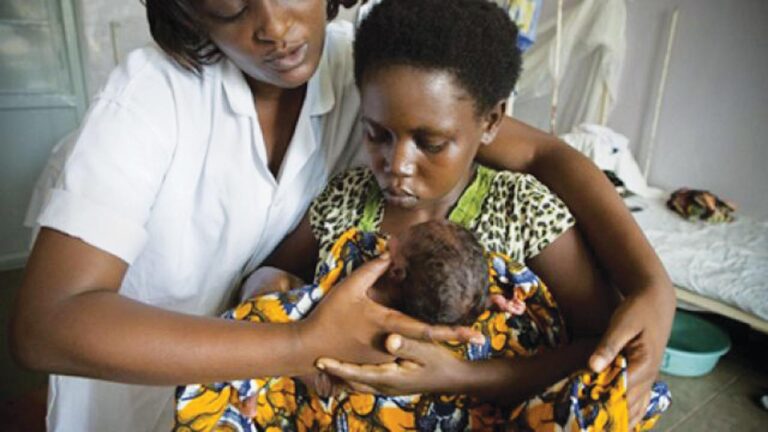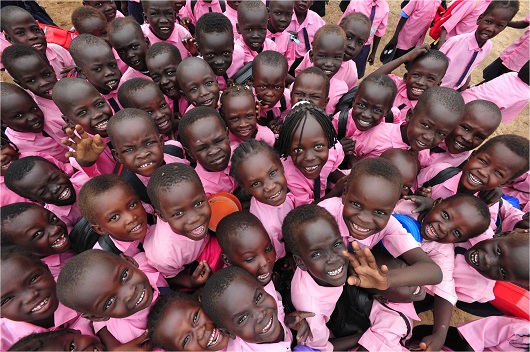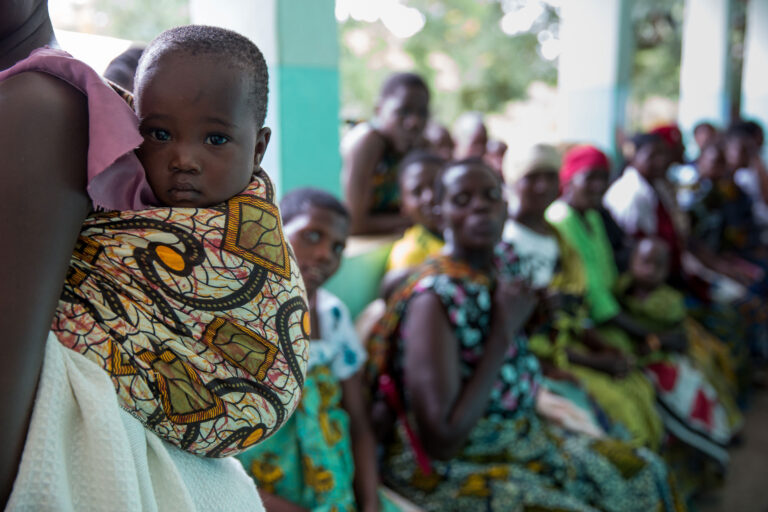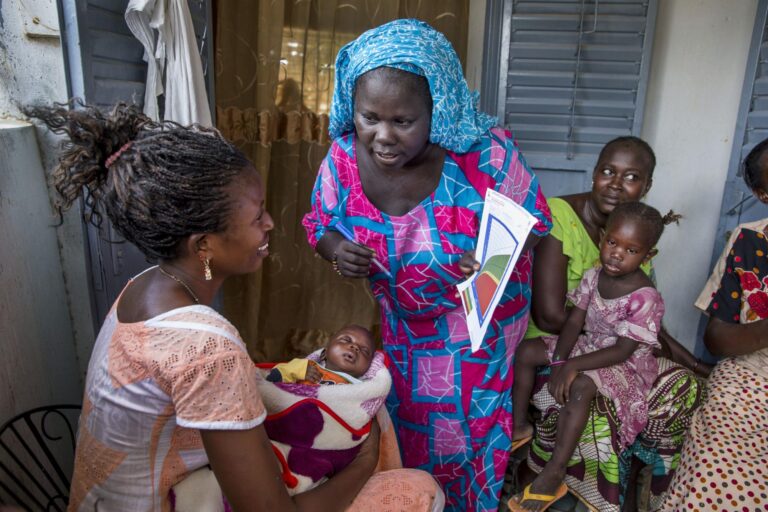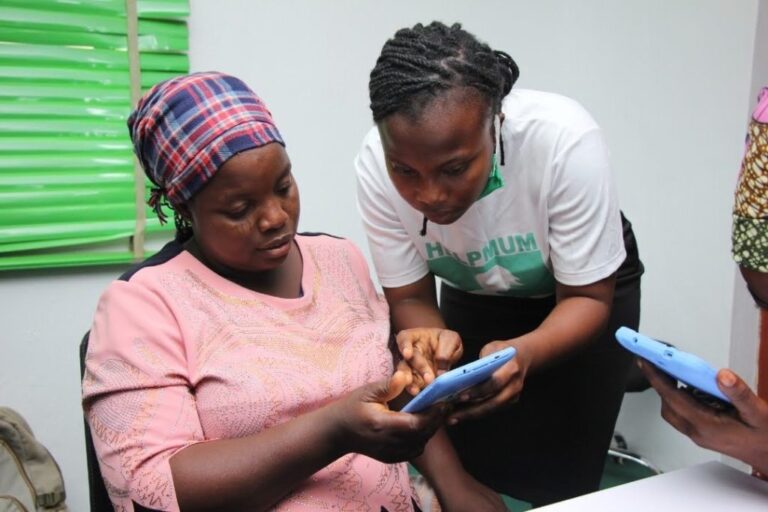Introduction: Infant and maternal mortality remain pressing challenges in Africa, reflecting the urgency of comprehensive strategies to combat these issues. Collaborative efforts that bring together governments, non-governmental organizations (NGOs), and international partners play a pivotal role in effecting positive change. This report delves into the significant role NGOs and global partnerships play in addressing infant and maternal mortality, emphasizing the vital resources, expertise, and funding they provide to support maternal and child health initiatives. By leveraging these collaborative efforts, sustainable solutions can be forged, leading to improved healthcare access, enhanced education, and, ultimately, reduced mortality rates across the continent.
The Role of NGOs in Maternal and Child Health: Non-governmental organizations (NGOs) have emerged as formidable actors in tackling infant and maternal mortality. These organizations possess the flexibility to respond swiftly to healthcare challenges and implement targeted interventions. NGOs focus on providing essential medical care, conducting health education campaigns, and training local healthcare workers. Moreover, they are often deeply rooted in local communities, enabling them to understand cultural nuances and tailor their interventions accordingly. Organizations like Médecins Sans Frontières (Doctors Without Borders), Save the Children, and CARE have played significant roles in delivering life-saving care to vulnerable mothers and infants in Africa.
Global Partnerships for Improved Maternal and Child Health: International partnerships, which involve collaboration between governments, multilateral organizations, NGOs, and other stakeholders, are instrumental in advancing maternal and child health in Africa. These partnerships harness the collective strength of various entities to tackle complex challenges. Examples include the United Nations’ Every Woman Every Child initiative and the Global Financing Facility, which mobilize resources and promote coordinated action to address maternal and child health gaps. By uniting diverse actors, global partnerships maximize impact and promote sustainable change.
The Importance of Expertise and Capacity Building: Collaborative efforts between NGOs and international partners provide a platform for sharing expertise and building local capacity. NGOs often bring specialized medical knowledge and skills to regions in need, training local healthcare workers and enhancing the overall quality of care. Additionally, international partnerships foster knowledge exchange among participating entities, promoting best practices and innovative solutions for addressing infant and maternal mortality.
Funding and Resource Mobilization: One of the most critical contributions of NGOs and international partnerships is the provision of funding and resources. These entities channel financial resources toward building and strengthening healthcare infrastructure, providing essential medical supplies, and supporting healthcare workers’ training. They also contribute to advocacy efforts, urging governments and donors to prioritize maternal and child health on their agendas. Financial support from NGOs and international partnerships is instrumental in sustaining initiatives that aim to reduce infant and maternal mortality rates.
Success Stories:
- Gavi, the Vaccine Alliance: Gavi, a global health partnership, has played a significant role in expanding access to immunization in African countries. By providing funding, technical support, and vaccines, Gavi has contributed to reducing child mortality rates by preventing deadly diseases.
- Partners In Health: Partners In Health operates in several African countries, focusing on delivering quality healthcare to underserved populations. Their collaborative efforts with local governments and communities have led to improved maternal and child health outcomes, showcasing the effectiveness of NGO-government partnerships.
- UNICEF’s Every Child Alive Campaign: UNICEF’s campaign seeks to address preventable newborn deaths by ensuring that every child receives essential healthcare from skilled health professionals. By partnering with governments, NGOs, and communities, this initiative strives to bridge gaps in access to quality care.
Challenges and Considerations:
- Sustainability: Collaborative efforts require sustained commitment to ensure lasting impact. Maintaining momentum beyond short-term initiatives is crucial to achieving long-term reductions in infant and maternal mortality.
- Coordination: Effective collaboration demands careful coordination among diverse stakeholders. Ensuring that efforts are aligned and complementary is essential to maximize the impact of collaborative initiatives.
- Cultural Sensitivity: To succeed, collaborative efforts must respect local customs, beliefs, and practices. Understanding cultural nuances is vital to gaining community trust and engagement.
Conclusion: The fight against infant and maternal mortality in Africa necessitates a united front, bringing together governments, NGOs, and international partners. Non-governmental organizations contribute specialized expertise and agility in delivering healthcare services. International partnerships mobilize resources, advocate for policy change, and facilitate knowledge exchange. The success stories of initiatives like Gavi, Partners In Health, and UNICEF’s Every Child Alive campaign underscore the power of collaboration in driving positive change.
By uniting diverse entities and pooling resources, collaborative efforts address not only immediate health concerns but also the broader determinants of maternal and child health. Improved healthcare access, education, and infrastructure form the bedrock of sustainable solutions. As governments, NGOs, and international partners continue to work hand in hand, the vision of healthier mothers, thriving infants, and reduced mortality rates in Africa becomes an achievable reality.
References:
- Médecins Sans Frontières (Doctors Without Borders). (2020). Maternal and Reproductive Health. https://www.doctorswithoutborders.org/what-we-do/maternal-and-reproductive-health
- Save the Children. (2020). Maternal and Newborn Health. https://www.savethechildren.net/what-we-do/health/maternal-newborn-health
- CARE. (2020). Maternal and Child Health. https://www.care.org/our-impact/maternal-and-child-health
- United Nations. (2021). Every Woman Every Child. https://www.un.org/en/sections/issues-depth/every-woman-every-child/
- World Health Organization. (2020). Maternal, newborn, child and adolescent health. https://www.who.int/maternal_child_adolescent/topics/maternal/maternal_perinatal/en/
- Gavi, the Vaccine Alliance. (2021). About Gavi. https://www.gavi.org/about
- Partners In Health. (2021). What We Do. https://www.pih.org/what-we-do
- UNICEF. (2021). Every Child Alive. https://www.unicef.org/every-child-alive

